When it comes to live production, there are no one-size-fits-all solutions. Each project is different, each client has different needs, and each venue is unique. The common denominator are the resources and tools needed for a live production. While the technical requirements differ from show to show, the components and planning required to produce a live production remain consistent. We’ve put together a live production checklist to help keep your show on track.
Production Crew
As the saying goes, people are your most important asset. Booking labor is one of the first steps of the live production process. Contractor availability can be limited, especially during high profile events, so tackle your production crewing early. Provide as many details as possible up front – schedules, location, equipment being used, etc. The more info your crew has in advance, the less questions they’ll have on show day.
Venue
This may seem like an obvious one, but make sure your venue is locked in before you start finalizing your technical plans. Knowing your venue’s physical location and any known limitations is important as it can impact many other components of your show. Does the venue have shore power, or do you need a generator? Can your venue accommodate parking for a mobile unit, or will space limitations require that you bring in a flight pack? These seemingly small details can impact what technical resources you need to fulfill your client obligations.
Production Equipment
Equipment requirements vary from project to project and are driven by many factors, including location and budget. Some multi-camera productions can be tackled with a flight pack, others require a production truck or a studio environment. Once your venue is locked in, you can begin mapping out your technical resources based on the needs of your client and the parameters of your venue. It’s important to focus on what you need to for your live broadcast, but don’t forget about external audiences as well – there may be a need for a FOH setup or monitoring if there’s a live audience.
Power
You’re either powering your gear from existing circuits within a venue, or from a generator. If you’re getting house power, make sure you have access to enough amps for your production gear (and factor in some head room, too). Try and find out which outlets are on the same circuit, so you can evenly distribute power without overloading anything. And find out who has access to the electrical closet in case a circuit gets tripped. This is a small, but easily overlooked detail. If you’re bringing in a genny, make sure to have a refueling plan. You’ll need to make sure your generator is in an easily accessible area in the event you need to refuel at any point.
Lighting & Staging
Your lighting and staging needs will largely be driven by the scope of the project and by the location. If you’re in a controlled environment, like a studio or a theatre, much of this infrastructure may already be in place and require small supplementation. If you’re building something from scratch, you’ll need to source lighting and staging from outside partners and factor this into your technical setup and strike plans.
Connectivity & Transmissions
Next on our live production checklist: transmissions. Generally speaking, you have 3 transmission options for a live production: fiber, internet, or satellite. The transmission path you choose will depend on what’s available to you at your venue, and where your production is being distributed. Fiber is a reliable option, but may only be feasible if there’s an existing circuit at your venue, or one nearby. Having to run a new fiber circuit can be cost prohibitive and there is often a long lead-time. An internet connection may be the best option, but this depends on where your program is being distributed. If going with an IP route, it’s important that you have a dedicated circuit and that you have an appropriate amount of bandwidth. Lastly, satellite transmission may be a fit, but keep in mind that you will have to plan for parking a satellite truck and that your satellite truck will need a clear line-of-sight in order to transmit.
Logistics
Booking a great venue and sourcing top-of-the-line production gear is only 1 piece of the puzzle – a production can quickly get derailed if you don’t plan in advance and think through all the moving parts. Build a production schedule that gives you more than enough time to accomplish everything. Stagger your load-ins based on what needs to be setup first. Build in redundancies, contingencies, and plan B’s whenever possible. Think through every possible scenario, and have a plan for whatever comes your way.
There is a lot of planning that goes into a live production. Hopefully our live production checklist has given you some guidance. If you’re in need of support, we’re happy to help. Contact us any time to get started.

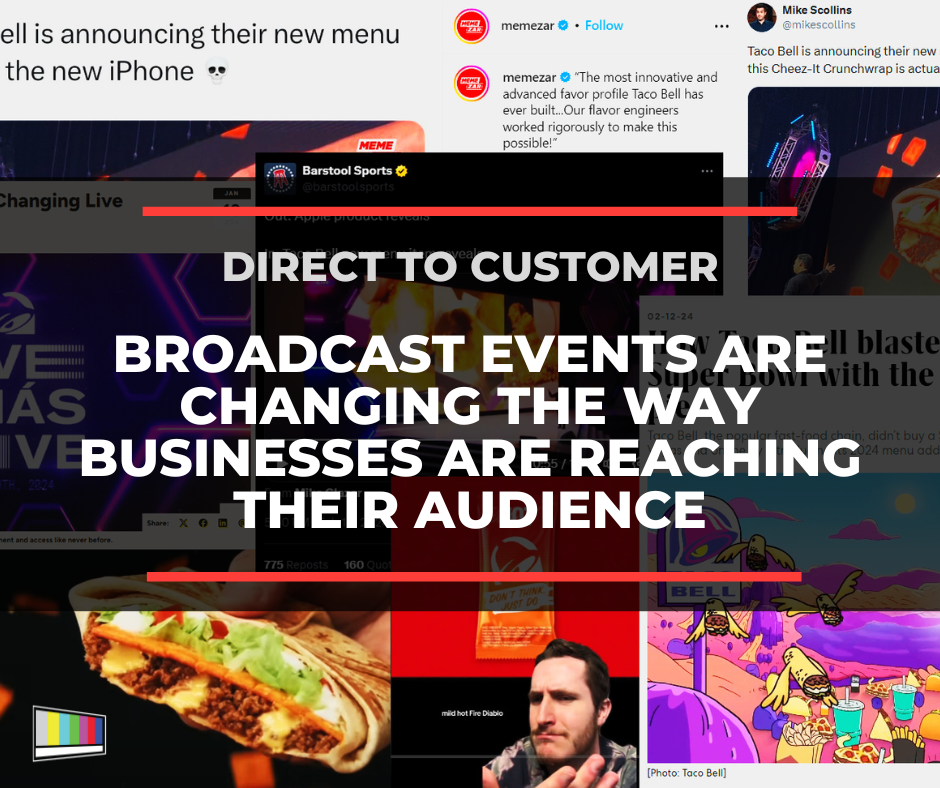



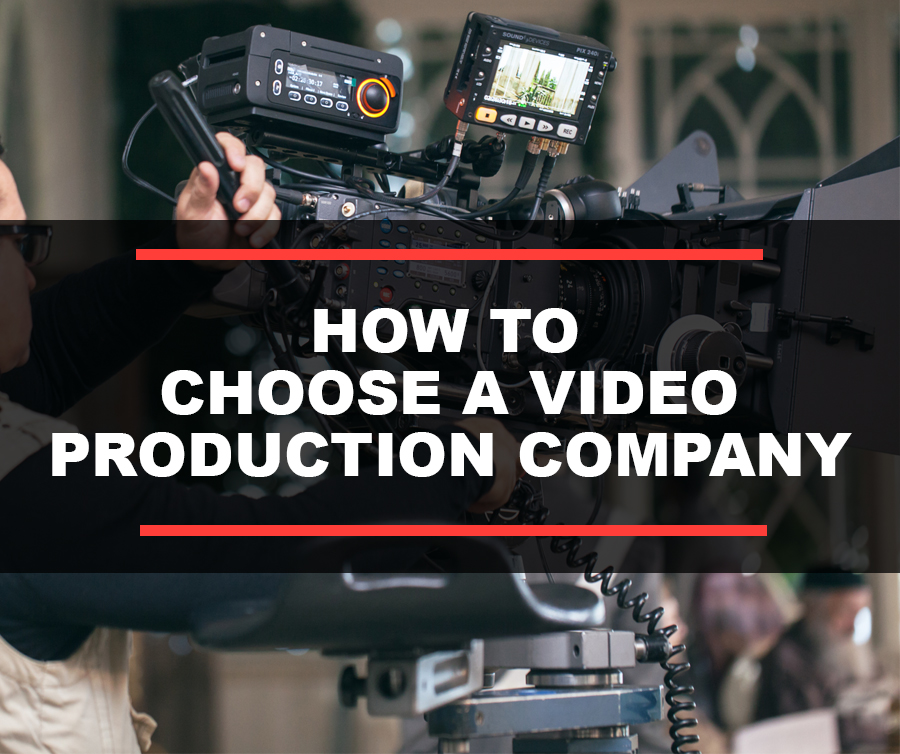
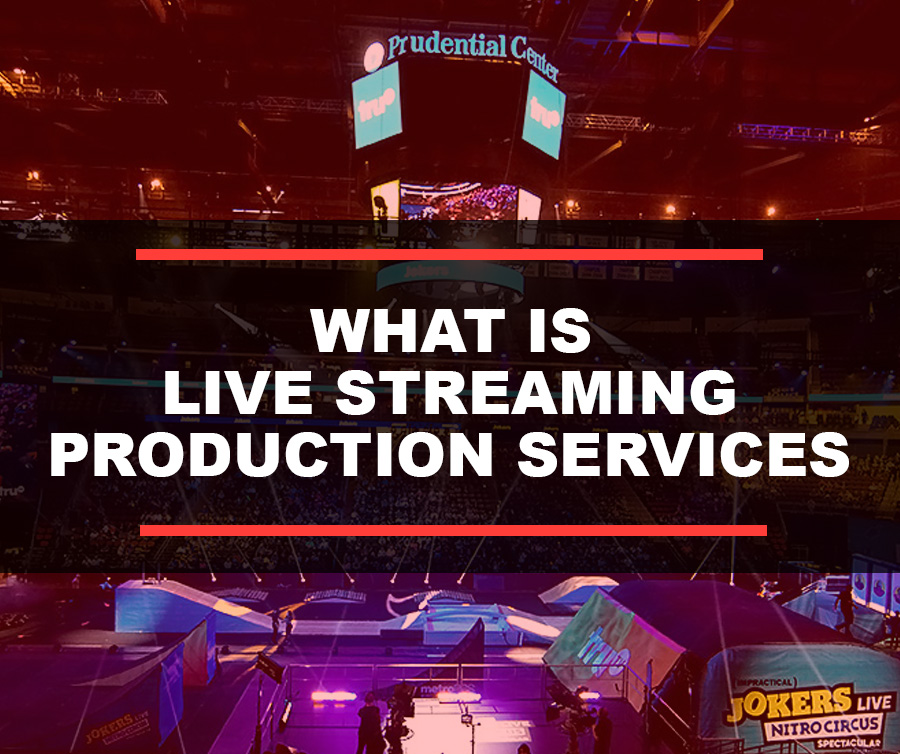

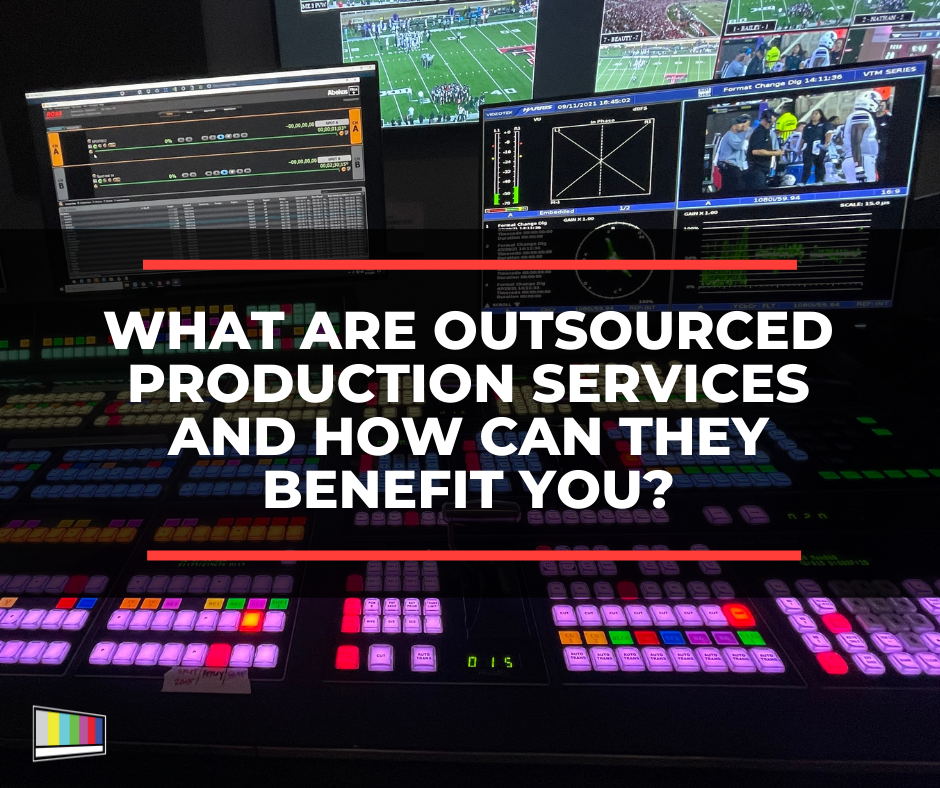




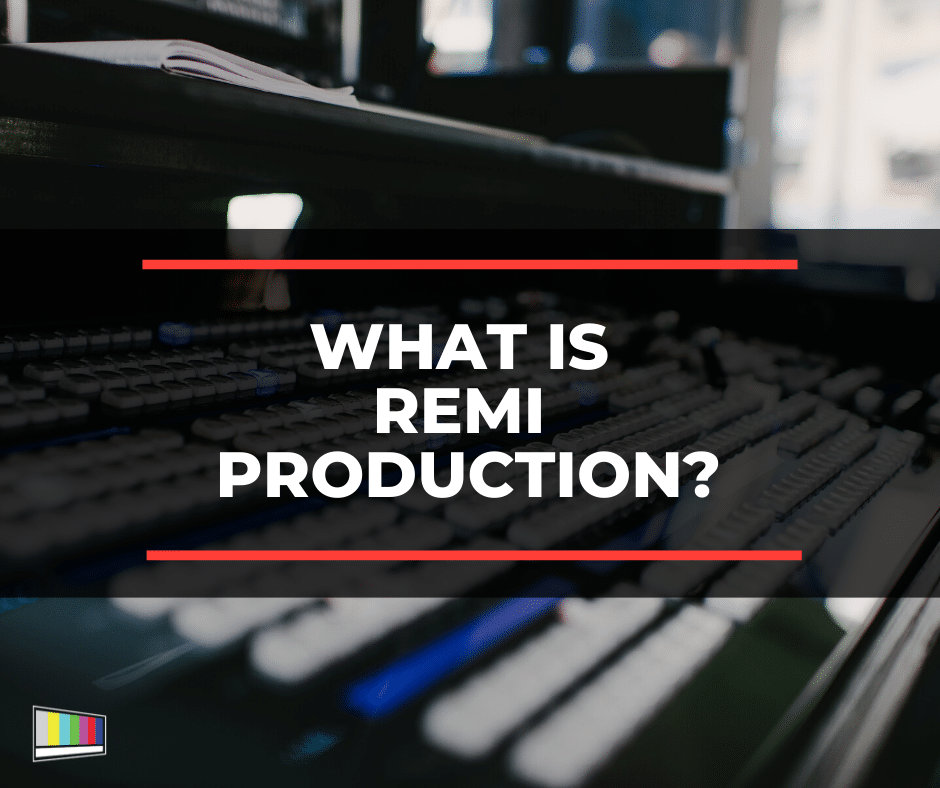
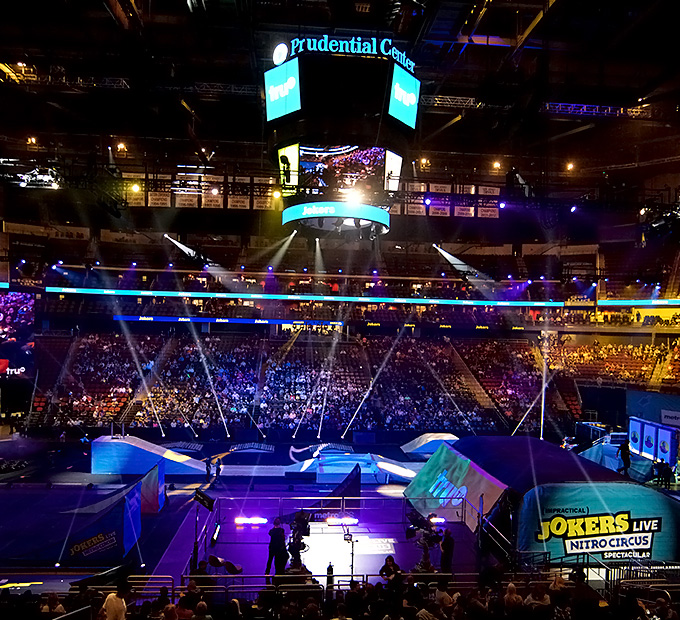
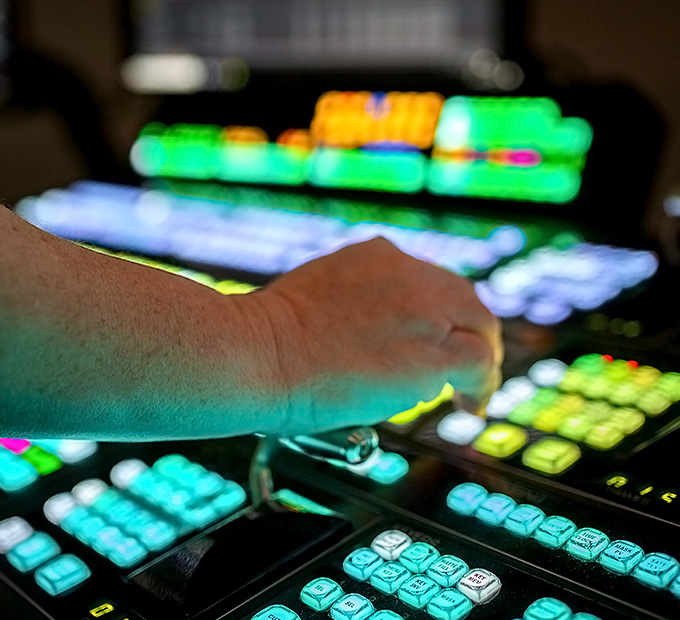
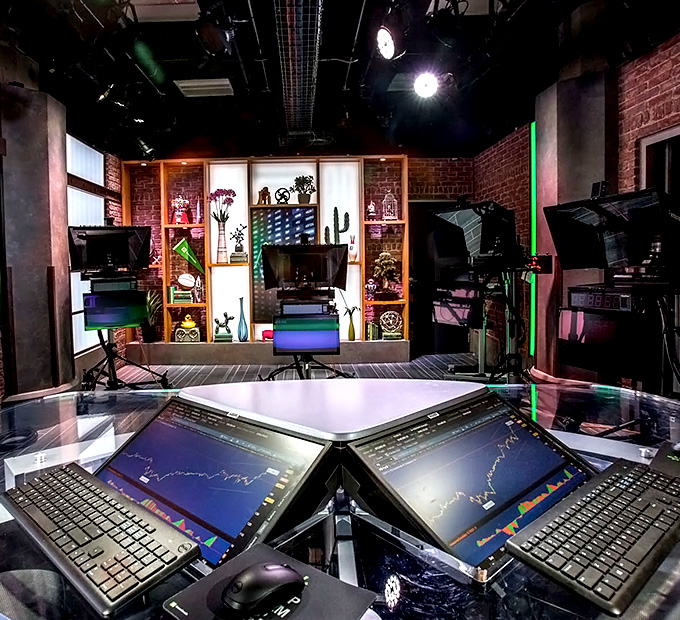


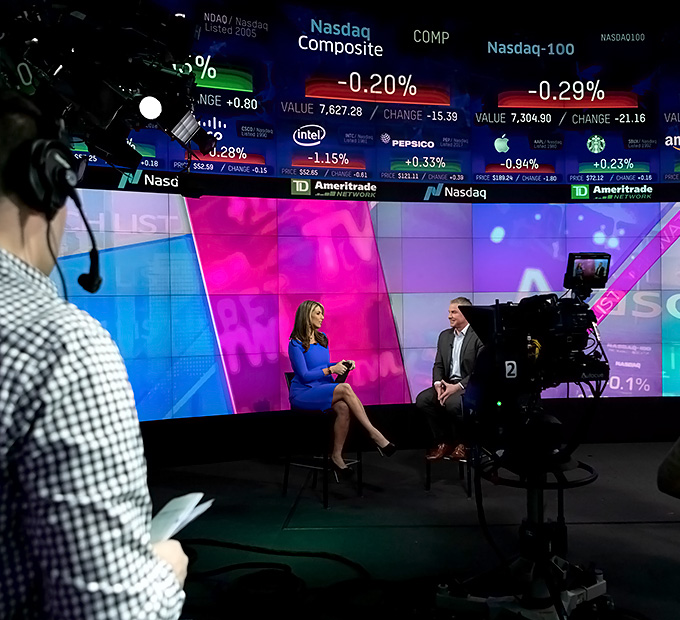
Leave a Reply